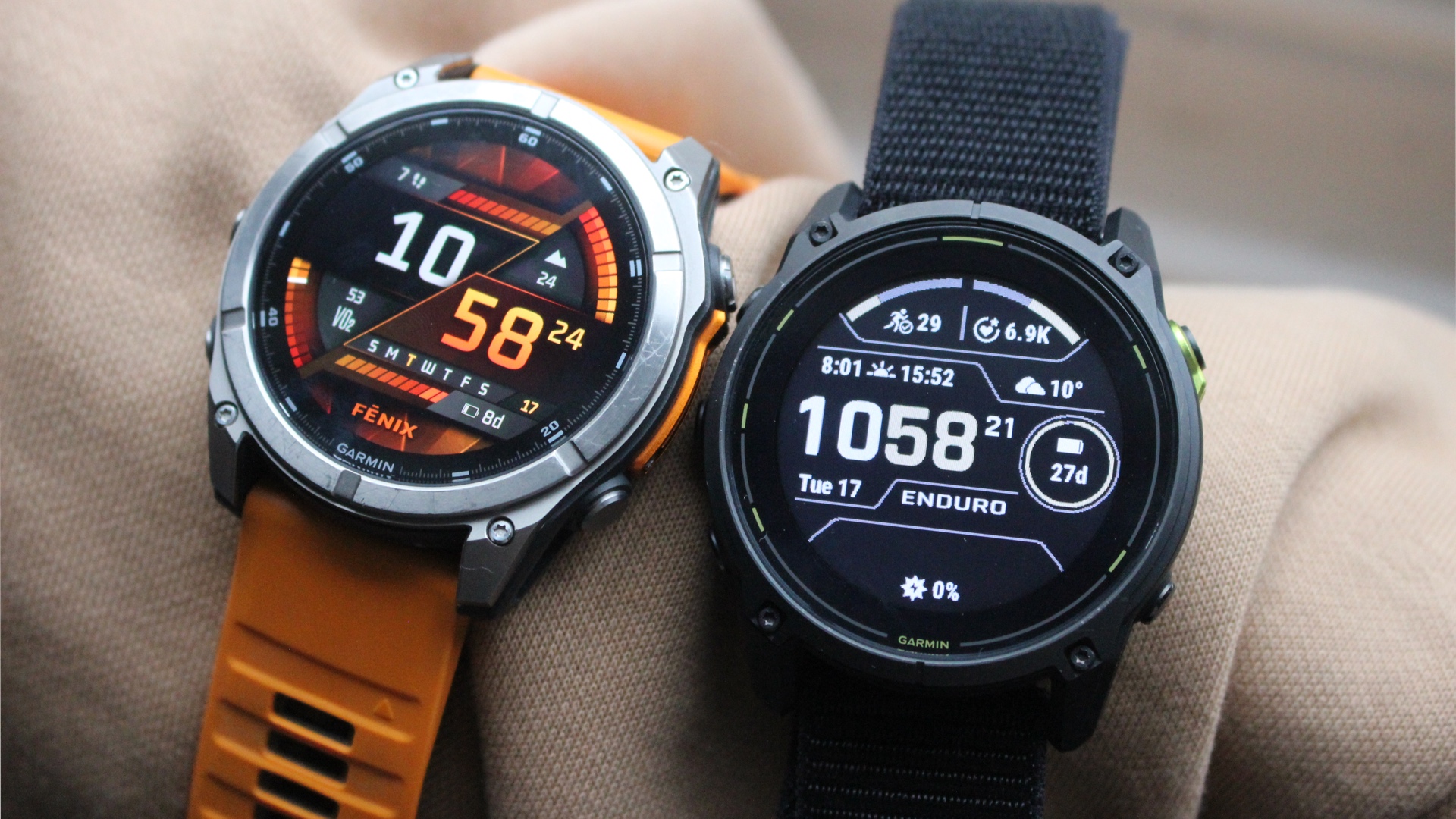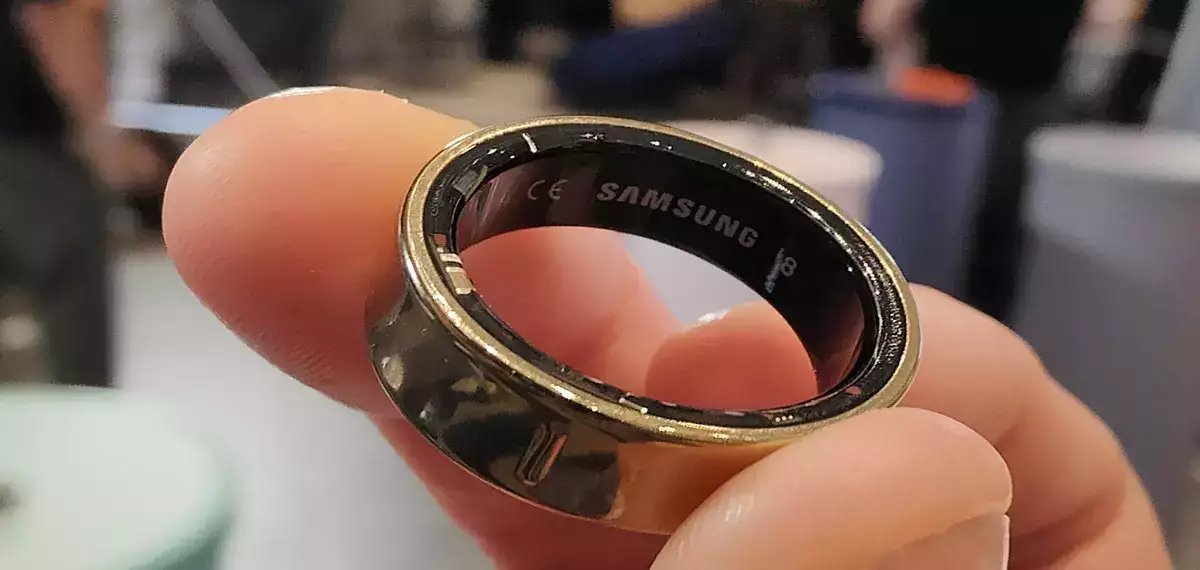The first rare case of two-headed porpoise has been documented in the online journal of Natural History Museum Rotterdam last month, after the Dutch fishermen from the North Sea by coincidence captured the bizarre creature in a beamtrawler net. Sadly, the mammal died before it was pulled out to the shore.
The frightened fishermen, who feared to get into problems with the fishing authority, threw the carcass of the mammal back into the sea but after taking enough pictures and informed the scientists. Though the cases of co-joined twins are common and have been approved in the humans, domestic animals, and snakes, research confirm that the cases are rare in other wild mammals.
According to Erwin Kompanje of the National History Museum Rotterdam, the occurrence of the conjoined twins is incredibly unusual in dolphins and whales. There are only about nine cases that have been documented.
One such rare case is the first two-headed shark embryo that was discovered in the western side of the Mediterranean in October last year. The findings were documented in the Journal of Fish Biology in Spain. Other seven cases of two-headed sharks have been realized in various places with two full heads. Another rare shark had a duplicated face.
George Burgess from Florida Museum of Natural History confirms that the exceptional cases are usually caused by the genetic misfire. There are common kinds of genetic misfires around the world but most of them don’t last beyond the womb.
Another biologist, Michael Wagner from the Michigan State University, states that majority of the two-headed ocean creatures who make it birth most likely don’t survive in the new environments as they will have difficulties in swimming and searching for food.
It’s rare to see many sharks with two heads actively swimming because they stand out as abnormal creatures among their populace hence they are easily spotted and eaten by others.
In the recent case, though the scientists didn’t get a chance to physically examine the porpoise, they used the details they collected from the pictures taken by the fishers to determine the age and sex of the mammal. The porpoise was a newborn male.








